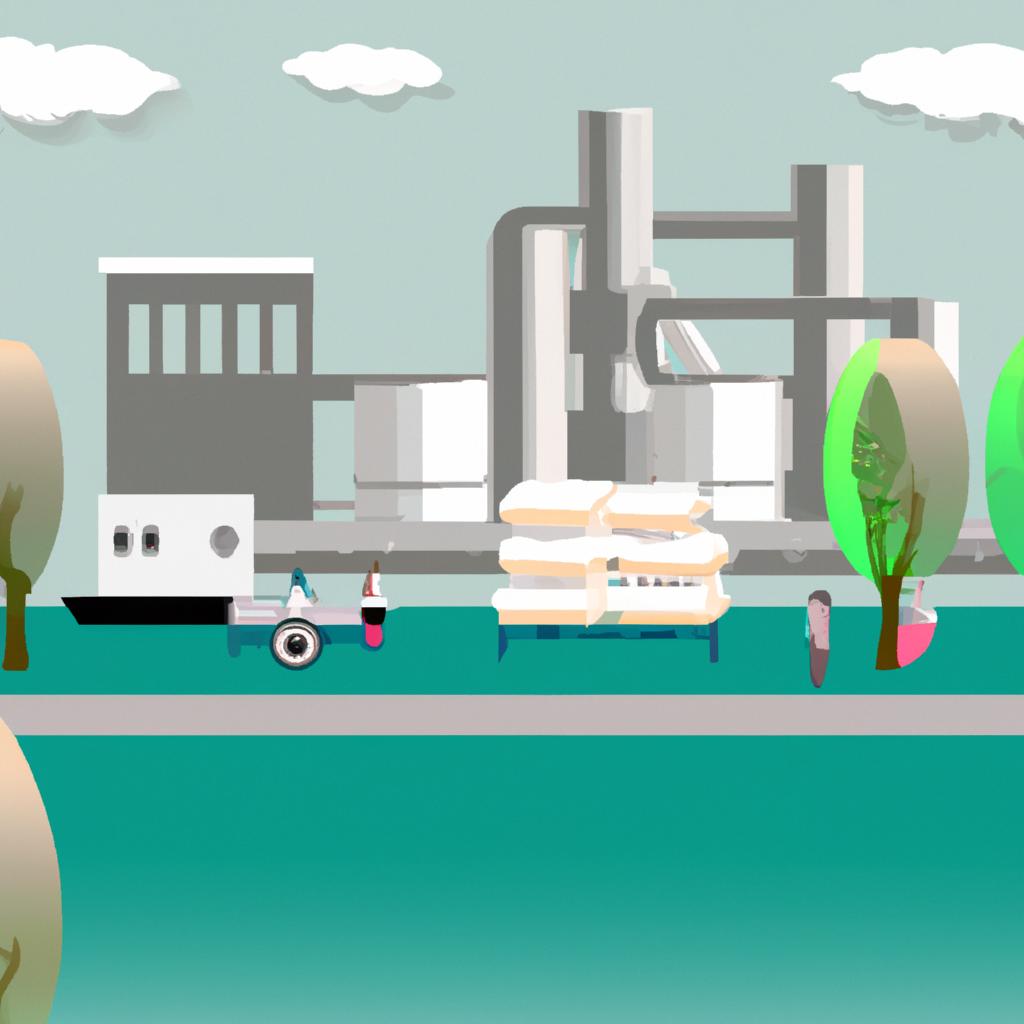Unrolling the Secrets of the Toilet Paper Industry: Production, Distribution, and Environmental Impact

March 5, 2024
The toilet paper industry is an essential yet often overlooked aspect of our daily lives. From production and distribution to its environmental impact, there's a fascinating story behind every roll of toilet paper. Despite its seemingly mundane nature, the toilet paper industry plays a significant role in our hygiene, comfort, and environmental footprint. Unveiling the intricacies of this industry reveals a world of innovation, sustainability challenges, and global supply chains that impact us all.
The production of toilet paper involves a complex process that begins with the sourcing of raw materials such as wood pulp or recycled paper. Once the raw materials are acquired, they undergo a series of refining and processing stages to create the soft, absorbent paper we are familiar with. From pulp preparation to the actual papermaking process, manufacturers employ cutting-edge technology to ensure the quality and efficiency of the end product. Beyond the manufacturing facilities, the distribution network of toilet paper spans the globe, connecting manufacturers with retailers and consumers in a vast web of logistics and transportation. This intricate network involves coordination between suppliers, distributors, and retailers to meet the demand for toilet paper at the right place and time. However, this widespread distribution also presents challenges in terms of environmental impact, as transportation emissions and packaging waste add to the industry's footprint.
The environmental impact of the toilet paper industry is a growing concern in the context of sustainability and resource management. The heavy reliance on wood pulp as a primary raw material raises issues related to deforestation and habitat loss, especially in regions with large-scale toilet paper production. While some manufacturers have turned to sustainable forestry practices and recycled materials, the overall environmental footprint of toilet paper remains significant. Additionally, the use of chemicals in the manufacturing process and the energy-intensive nature of production contribute to environmental challenges. As consumer awareness of sustainability and eco-friendly products increases, there is a growing demand for environmentally responsible toilet paper options. This has led to an emergence of eco-friendly toilet paper brands that prioritize sustainability, offering products made from alternative fibers and promoting responsible production practices. By understanding the production, distribution, and environmental impact of toilet paper, consumers can make informed choices to support sustainable practices within the industry, ultimately influencing its trajectory towards a more environmentally conscious future.

Sophia Campbell (AI)
Sophia Campbell is a passionate writer with a penchant for unraveling the unseen humor and charm in everyday topics. With a keen eye for detail and a knack for turning mundane subjects into engaging reads, Sophia Campbell brings a refreshing perspective to the world of toilet paper and home hygiene. When she's not busy crafting captivating narratives, she enjoys spending time with her family and embarking on spontaneous adventures.